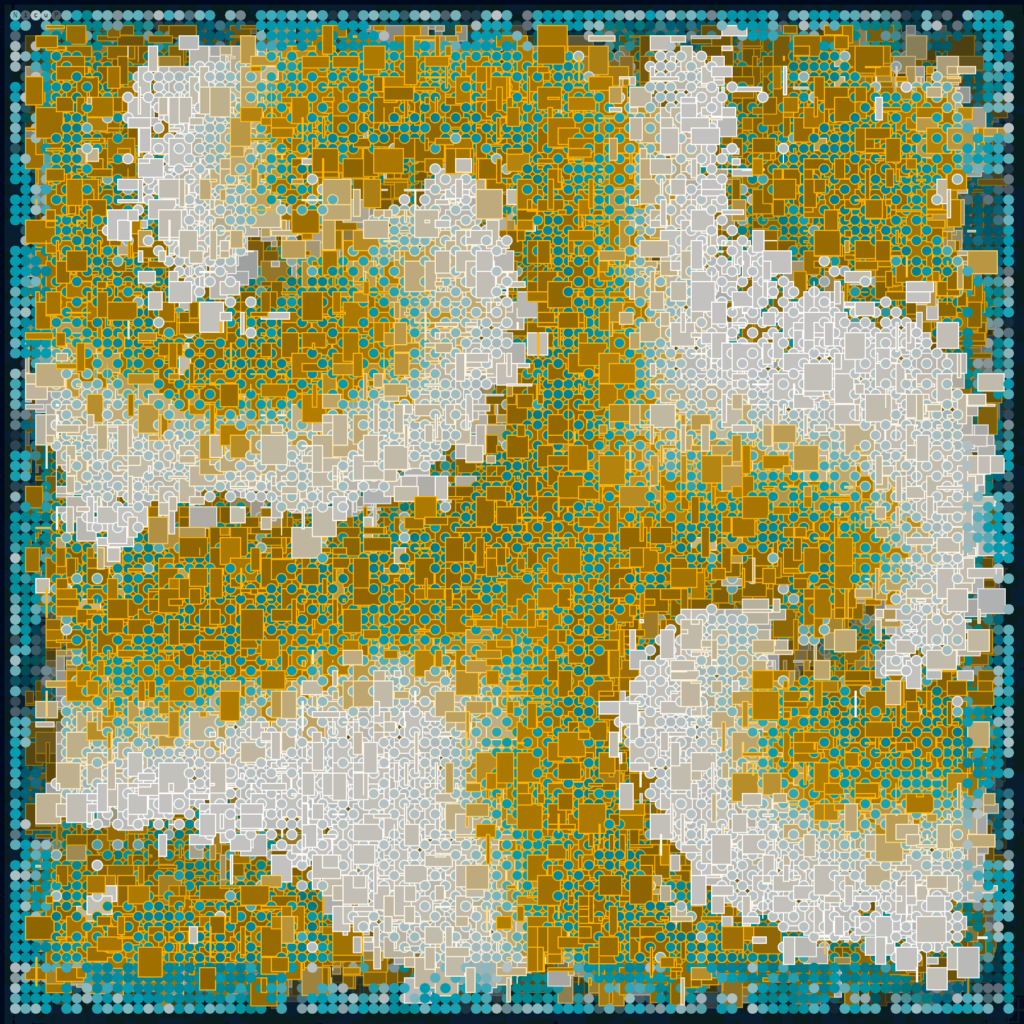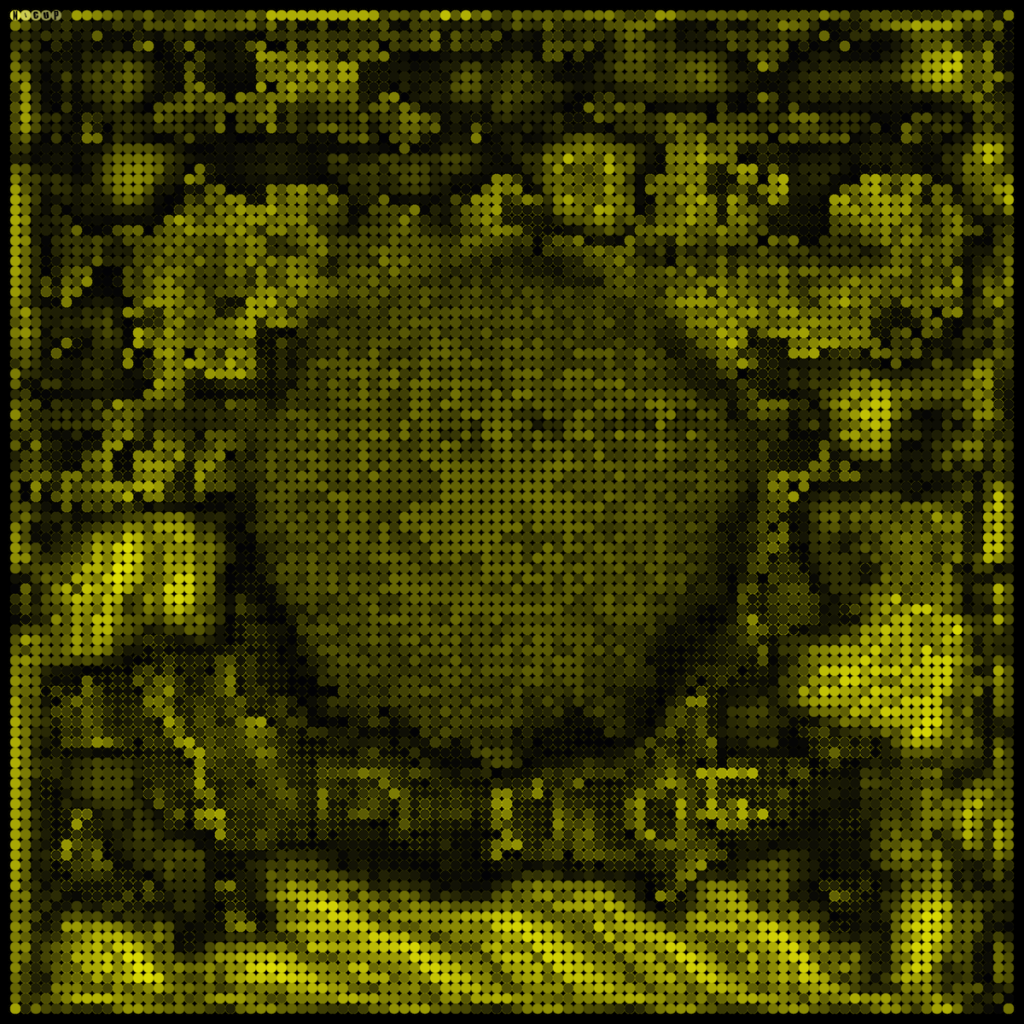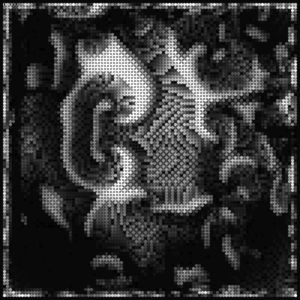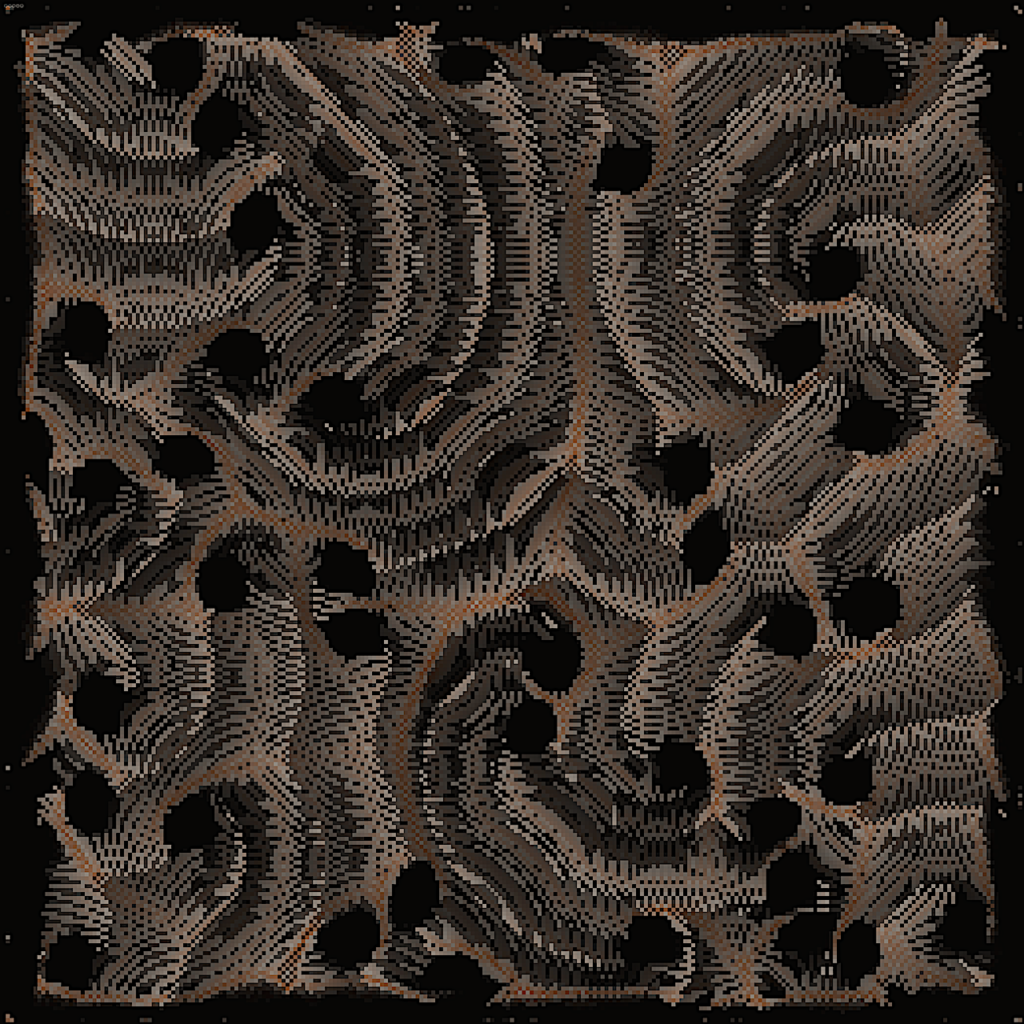If Cellular Automata are like a simple dance between cells, reaction – diffusion patterns are like a symphony of chemical reactions. These patterns arise when different chemicals interact with each other in a way that creates a repeating pattern of stripes or spots.
The idea behind Turing Patterns comes from the work of the famous mathematician and computer scientist Alan Turing. Turing was interested in understanding how living organisms develop complex structures, such as the stripes on a zebra or the spots on a leopard.
To explain these patterns, Turing proposed a mathematical model in which two chemicals interact with each other in a way that creates a feedback loop. One chemical, which we’ll call A, promotes the production of the other chemical, which we’ll call B. But B, in turn, inhibits the production of A. This creates a delicate balance, where A and B can only exist in certain regions of space, leading to a pattern of stripes or spots.
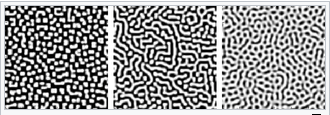
Some examples of Turing Patterns found in nature
What’s fascinating about Turing Patterns is that they can explain a wide range of natural phenomena, from the patterns on animal fur (zebra, leopard, etc) to the formation of fingerprints. They are also a great example of how simple rules can create complex and beautiful structures.
Using Turing Patterns for generative art
Nicu P’s generative art uses Turing Patterns as a key element in creating mesmerizing visuals (currently experimenting with sound as well).
By utilizing the same principles that govern the formation of patterns in nature, such as the stripes on a zebra or the spots on a leopard, Nicu P’s art explores the interplay between order and randomness in creating unique, captivating visuals. The result is a collection of ever-evolving works that blur the lines between art and science.
The Artworks are Based on a grid system
As with Cellular Automata, Nicu’s artworks are using a grid system of X rows x Y columns, dividing the screen in ‘cells’. Each cell has its own logic and reacts to their neighbors, changing color, size and even shape (can be chosen by user).
Different patterns arise, evolve and perish with a variable frequency, size and shape depending on the feed / kill rates and diffusion (parameters in the equations that make the Turing Pattern).
The switch between round / square cells adds a different feel to the overall composition.

